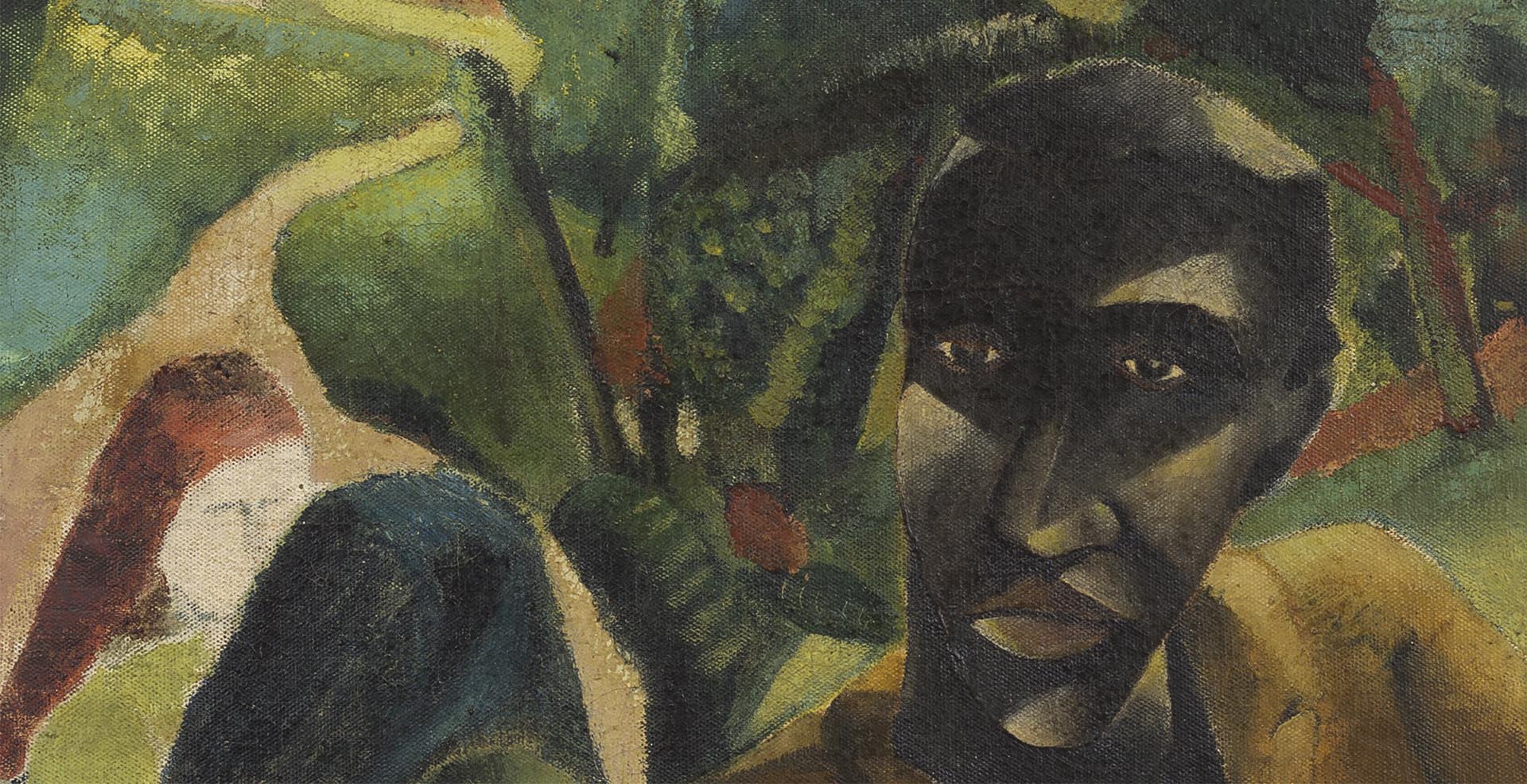
Born and raised in a sugar cane processing complex in Pernambuco, he left his rural origins behind him when he moved to Rio and then to Paris, where he spent most of his life without ever forgetting the richness of cultures of the northeast of Brazil which informed his bold visual vocabulary composed of dreamlike images and folklore tales. Associated with Surrealism, after the war Dias radically transformed his style, abandoning figurative art for geometric abstraction and becoming a precursor of the Concrete Art movement in Brazil. In the 1960s, Dias returned to figurative art, once again emphasizing the female figure in all its sensuality and sexuality. At once local and international, abstract and figurative, Dias always maintained an aura of fantasy and lyricism in his work.